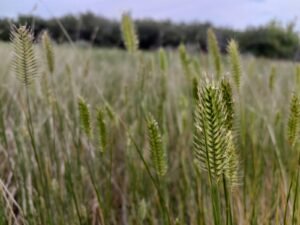Steps in this (GEE) tutorial
- Loading an Image and Exploring Metadata: 🖼️ Learn the specific line of code to load a single image and delve into its metadata. The tutorial explains how to interpret the image title’s last few digits, which reveal the capture date (year, month, and day) of the image.
- Understanding Image Bands: 🌈 Discover how to identify the number of bands in an image and access detailed information about each band, including its name, dimension, and coordinates. The example image used in the tutorial has 19 bands, showcasing the rich data available.
- Exploring Band Information: 🔍 The tutorial provides insights into individual band details, such as the surface reflectance band one. It clarifies how to interpret the band’s ID, Coordinate Reference System (CRS), transformation matrix, and data type (e.g., 16-bit unsigned integer). It also notes that each pixel typically has a mean value of zero and a maximum value around 70,000.
- Visualizing a Specific Band: ✨ The video demonstrates the use of the
map.addLayermethod to visualize a specific band of an image. It explains how to specify the image variable, the particular band to display, and set the minimum and maximum values for visualization, which are then mapped to black and white respectively. - Viewing the Visualized Image: 🗺️ Finally, the tutorial shows how running the script directs you to the image’s location on the map. This allows you to zoom in and out to observe the image over the study area, which in this case, is the vibrant city of Shanghai.

Leave a Reply